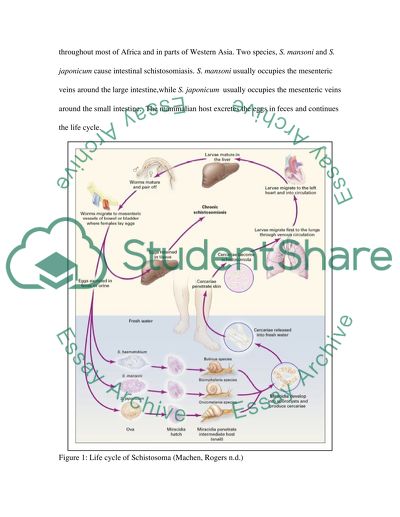Cite this document
(“Schistosomes Essay Example | Topics and Well Written Essays - 3000 words”, n.d.)
Retrieved from https://studentshare.org/science/1522521-schistosomes
Retrieved from https://studentshare.org/science/1522521-schistosomes
(Schistosomes Essay Example | Topics and Well Written Essays - 3000 Words)
https://studentshare.org/science/1522521-schistosomes.
https://studentshare.org/science/1522521-schistosomes.
“Schistosomes Essay Example | Topics and Well Written Essays - 3000 Words”, n.d. https://studentshare.org/science/1522521-schistosomes.


